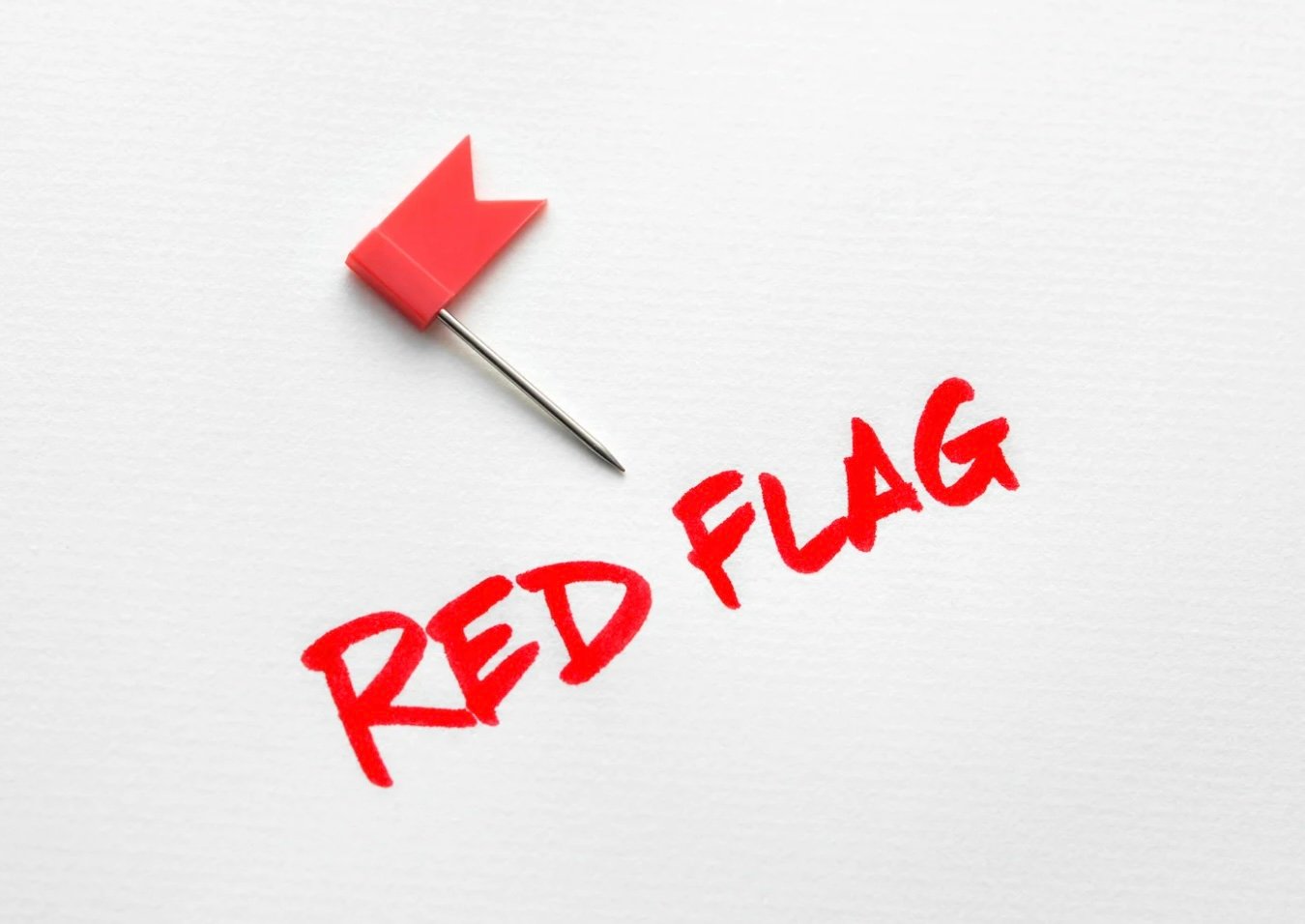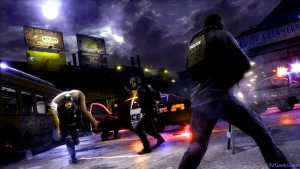If you want to play PC games, you don’t need to invest a lot of money. Build a $100 Gaming PC: Although the typical gaming PC costs between $800 and $1,500, skilled builders may create surprisingly powerful gaming systems for less than $100 by using used parts, coming up with inventive ways to obtain them, and making wise compromises. This comprehensive guide demonstrates how to build a gaming PC on a very limited budget that can run well-known titles without going over budget.
What do You Expect from a $100 Gaming PC?
A $100 gaming machine won’t be able to run the newest AAA games at their highest settings, Build a $100 Gaming PC: but it can still provide fun gaming experiences if you know what to expect. Build a $100 Gaming PC: Most of the time, Build a $100 Gaming PC: these systems take care of
- Older AAA games (2015–2019) on medium settings
- Indie games and other less demanding games at high settings
- League of Legends, CS: GO, and Valorant are examples of esports games that run at competitive frame rates.
- Playing old games and emulating games up to the PlayStation 2 and GameCube era
- Basic tasks that help you be productive and watch media
It’s important to remember that you’re making a sound entry-level system, Build a $100 Gaming PC: not a high-end gaming machine.
Essential Components for Your $100 Build
The Foundation: Motherboard and CPU Combo ($40-50)
The heart of any ultra-budget build starts with older but reliable hardware. Look for:
Intel Options:
- Core i3-2100 or i5-2400 series with LGA 1155 motherboard
- Core i3-4130 or i5-4570 with LGA 1150 motherboard
AMD Options:
- FX-6300 or FX-8320 with AM3+ motherboard
- A8-7600 or A10-7850K APU systems
These combinations typically cost $30-45 on the used market and provide solid foundations for budget gaming.
Memory: 8GB DDR3 RAM ($15-20)
Eight gigabytes remains the sweet spot for budget gaming. Build a $100 Gaming PC: DDR3 memory is significantly cheaper than newer DDR4, making it perfect for ultra-budget builds. Look for:
- 2x4GB kits for dual-channel performance
- DDR3-1600 or higher speeds when possible
- Reputable brands like Corsair, Kingston, or Crucial
Storage: SSD Boot Drive ($20-25)
Storage can make or break the user experience. Build a $100 Gaming PC: A small SSD for the operating system dramatically improves responsiveness:
- 120GB-240GB SATA SSD for the OS and essential programs
- Supplement with a used 500GB-1TB hard drive for game storage ($10-15)
Graphics: The Gaming Enabler ($20-35)
The graphics card is where you’ll make the most significant impact on gaming performance. Excellent budget options include:
NVIDIA Options:
- GTX 750 Ti: Still capable of 1080p gaming at medium settings
- GTX 950: Slightly more powerful, handles newer titles better
- GTX 1050: If you can find one in budget, excellent 1080p performance
AMD Options:
- R7 260X: Good for older and less demanding games
- R9 270: Solid 1080p gaming performance
- RX 460: Modern architecture with good efficiency
Smart Shopping Strategies for Maximum Value
Where to Find Components
Online Marketplaces:
- eBay: Vast selection, buyer protection, but requires careful vetting
- Facebook Marketplace: Local deals, no shipping costs
- Craigslist: Negotiable prices, inspect before buying
- Reddit r/HardwareSwap: Enthusiast community with quality components
Physical Locations:
- Local computer repair shops often sell refurbished parts
- University surplus stores occasionally have great deals
- Goodwill and thrift stores sometimes carry computer components
Red Flags to Avoid
When shopping for used components, watch for:
- Components without proper packaging or anti-static protection
- Sellers with no return policy or feedback history
- Prices that seem too good to be true
- Missing accessories like power cables or mounting hardware

Step-by-Step Assembly Process
Preparation Phase
Before starting assembly:
- Create a clean, static-free workspace
- Gather necessary tools (Phillips head screwdriver, zip ties)
- Download Windows 10/11 installation media
- Prepare driver downloads for your components
Assembly Order
1. Prepare the Case. Install standoffs, I/O shield, and remove unnecessary drive cages to improve airflow.
2. Install CPU and RAM. Mount the processor carefully, applying thermal paste if using an aftermarket cooler. Install RAM in the correct slots for dual-channel operation.
3. Mount the Motherboard. Secure the motherboard with all standoffs, ensuring no shorts against the case.
4. Install Storage and Graphics Connect SATA drives and mount the graphics card in the primary PCIe slot.
5. Cable Management Route power cables cleanly to improve airflow and aesthetics.
Performance Expectations and Benchmarks
Real-World Gaming Performance
A well-configured $100 gaming PC typically achieves:
Esports Titles:
- League of Legends: 80-120 FPS at high settings
- CS:GO: 60-90 FPS at medium-high settings
- Valorant: 70-100 FPS at medium settings
Popular Older Games:
- GTA V: 35-50 FPS at medium settings
- Witcher 3: 25-35 FPS at low-medium settings
- Rocket League: 45-60 FPS at medium settings
Modern Indie Games:
- Most indie titles run smoothly at high settings
- Excellent performance for games like Stardew Valley, Terraria, and similar titles
Upgrade Path and Future-Proofing: Build a $100 Gaming PC
Immediate Upgrades (Under $50)
Better Graphics Card: Upgrading to a GTX 1050 Ti or RX 570 significantly improves performance for $40-60 used.
More RAM: Adding another 8GB of DDR3 memory provides noticeable improvements in modern games for $15-20.
Better CPU Cooler: A $20 tower cooler reduces noise and allows for light overclocking.
Long-Term Upgrade Strategy
Plan your upgrade path around:
- Graphics card first (most significant gaming impact)
- Storage expansion (more games, faster loading)
- Eventually, a complete platform upgrade to modern DDR4/DDR5 systems
Troubleshooting Common Issues
System Won’t Boot
Potential Causes:
- Loose RAM or improperly seated components
- Insufficient power supply wattage
- Faulty used components
Solutions:
- Reseat all connections and components
- Test with one RAM stick at a time
- Verify that the power supply meets system requirements
Poor Gaming Performance
Common Issues:
- Thermal throttling due to inadequate cooling
- Driver issues with used graphics cards
- Background software consumes resources
Optimisation Tips:
- Clean install graphics drivers
- Monitor temperatures during gaming
- Disable unnecessary startup programs
The Economics of Ultra-Budget Gaming
Total Cost Breakdown
A realistic $100 gaming PC build typically allocates:
- CPU + Motherboard: $40-50 (40-50%)
- Graphics Card: $25-35 (25-35%)
- RAM: $15-20 (15-20%)
- Storage: $15-25 (15-25%)
- Case + PSU: $15-20 (15-20%)
Long-Term Value Proposition
While a $100 gaming PC requires compromises, it offers:
- Entry point into PC gaming without major financial commitment
- Learning opportunity for computer building and maintenance
- Upgrade pathway to more powerful systems
- Excellent value for casual and retro gaming
Expert Tips for Success
Component Compatibility
Always verify:
- CPU socket matches the motherboard
- RAM type and speed compatibility
- Power supply has the necessary connectors
- The graphics card fits in the case
Performance Optimization
Maximise your budget build’s potential:
- Keep the system clean and dust-free
- Use MSI Afterburner for GPU overclocking
- Enable XMP profiles for RAM
- Regular driver updates and system maintenance
Here’s a revised conclusion and FAQs for your gaming PC guide:
Conclusion
Building a gaming PC for $100 in 2025 is an achievable goal that opens the door to PC gaming without requiring a substantial financial investment. Build a $100 Gaming PC: While you’ll need to temper your expectations and understand that cutting-edge AAA titles at ultra settings aren’t realistic, this budget can deliver a surprisingly capable system for esports titles, indie games, and older classics.
The key to success lies in patient shopping, thorough component research, and a willingness to embrace the used hardware market. Build a $100 Gaming PC: By focusing on proven combinations like Intel’s 2nd-4th generation processors or AMD’s FX series paired with reliable graphics cards such as the GTX 750 Ti or RX 460, you can assemble a foundation that provides genuine gaming experiences.
Beyond the immediate cost savings, building an ultra-budget gaming PC offers invaluable hands-on experience with computer hardware and system optimization. Build a $100 Gaming PC: The troubleshooting skills, Build a $100 Gaming PC: component compatibility knowledge, and performance tuning techniques you’ll develop during this process form a foundation that will serve you throughout your entire Build a $100 Gaming PC: PC gaming journey. Build a $100 Gaming PC: This practical education often proves more valuable than the money saved, as it demystifies computer building and prepares you for future upgrades and more ambitious builds.
Perhaps most importantly, a $100 gaming PC isn’t a dead end—it’s a starting point with a clear upgrade path. Build a $100 Gaming PC: As your budget allows, you can incrementally improve performance by upgrading the graphics card, adding more RAM, Build a $100 Gaming PC: or expanding storage capacity. Build a $100 Gaming PC: This gradual approach makes PC gaming accessible to those who might otherwise be priced out of the hobby, while teaching the important lesson that high-quality gaming experiences don’t always require premium hardware. With realistic expectations and smart component choices, your ultra-budget build can provide years of enjoyment across a diverse library of games.
FAQs
Q: Is it really possible to build a functional gaming PC for just $100?
Yes, building a gaming PC for $100 is possible through strategic purchasing of used components from platforms like eBay, Facebook Marketplace, and r/HardwareSwap. While it requires patience, research, and accepting older hardware like DDR3 RAM and 2nd-4th gen Intel CPUs, you can create a system capable of running esports titles, indie games, and older AAA games at playable frame rates.
Q: What’s the most important component to prioritize in a $100 gaming PC build?
The graphics card is the most critical component for gaming performance, typically warranting 25-35% of your budget ($25-35). Cards like the GTX 750 Ti, GTX 950, or AMD RX 460 provide the best balance of performance and value. However, ensuring you have a compatible CPU-motherboard combo and at least 8GB of RAM is equally essential for a balanced system.
Q: Where should I shop for used PC components, and what should I avoid?
The best sources include eBay (with buyer protection), Facebook Marketplace (for local deals with no shipping), Reddit’s r/HardwareSwap (enthusiast community), and local computer repair shops. Avoid components without anti-static protection, sellers with no return policy or feedback history, suspiciously low prices, and parts missing essential accessories like power cables or mounting hardware.
Q: What gaming performance can I realistically expect from a $100 build?
Expect 60-100+ FPS in esports titles like League of Legends, CS:GO, and Valorant at medium-high settings. Older AAA games like GTA V will run at 35-50 FPS on medium settings, while indie games generally perform smoothly at high settings. You won’t play the latest AAA titles at high settings, but you’ll have access to thousands of playable games.
Q: What’s the best upgrade path for a $100 gaming PC as my budget grows?
Start with the graphics card upgrade (GTX 1050 Ti or RX 570 for $40-60), as this provides the most significant gaming performance improvement. Next, add another 8GB of RAM ($15-20) for better multitasking and performance in modern games. Finally, expand storage with additional SSDs or hard drives. Eventually, plan for a complete platform upgrade to modern DDR4 or DDR5 systems when your budget allows.








